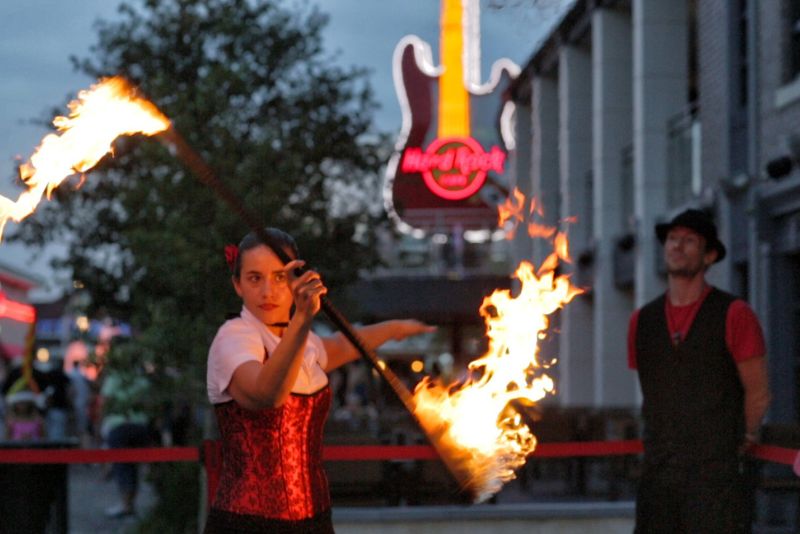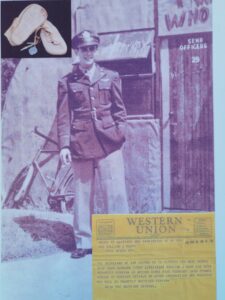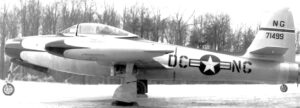A Snapshot of Its Involvement in 20th Century History
by Melissa LaScaleia
This month, to honor our country on Independence Day and celebrate the values of freedom our country has always stood for, our history section highlights some snapshots from the Myrtle Beach Air Force Base’s involvement in missions and operations that defended our country.
Although this is not an exhaustive list, we hope you’ll enjoy the trip down memory lane, and that the recounting will instill a sense of pride in the significant role that the Myrtle Beach Air Force Base has played throughout history since its inception— history which forms the backbone of the Market Common as we now know and love it.
Tributes to the short but rich past of the base, and the men and women who served in our military with memorable contributions, grace the streets of the Market Common in the form of plaques. And Warbird Park is an outdoor history museum designed to keep the memory of the base alive in the minds of all who visit.
1939
The Myrtle Beach Town Council agrees to purchase 135 acres of land for $35 an acre to build the Harrelson Municipal Airport, in response to the growing city’s dire need for an airport.
1940
With the advent of World War II, the U.S. makes plans to take over the airport to train pilots for war.
1941
The U.S. Department of War acquired 6700 acres of land in Myrtle Beach in preparation to defend our country, including the airport.
1942
An Army Air Corps Base is officially established, with the official title: Myrtle Beach General Bombing and Gunnery Range. Within six months, the training of soldiers to defend America commenced.
1943
The base became the Myrtle Beach Army Air Field. German prisoners of War were held here.
1948-1949
Units deployed to key places around the globe acting as a presence to prevent and protect America from Soviet nuclear bombs during the Cold War.
1956
The deactivated base was reactivated and many new buildings erected to defend and strengthen America during the Cold War years.
1958
The 354th Fighter Day Wing, an illustrious Wing whose soldiers garnered many accolades throughout the years, is stationed at the Myrtle Beach Air Force Base.
1962
Units from the Myrtle Beach Air Force Base deployed in response to the Cuban Missile Crisis, a 16-day crisis in which the Soviet Union deployed missiles to Cuba. The confrontation is considered the closest point during the Cold War that the U.S. and the Soviet Union came to entering a nuclear war.
1966
Units deployed to bases around Asia in response to the Vietnam War.
1980-1990
Fighter squadrons deployed to Germany, England, Egypt, Korea, Hawaii, Cuba, and Puerto Rico for training initiatives. Called Bright Star exercises, the intensive trainings ensure that pilots are at peak performance to defend and protect the homeland.
1990
The 354th Tactical Fighter Wing was the first unit deployed to Saudi Arabia for Operation Desert Storm and Shield in response to Iraq’s invasion of Kuwait.
1993
With the conclusion of the Cold War, and cutbacks in military spending, the Myrtle Beach Air Force Base is closed, and lays dormant in preparation for a grand rebirthing.
1998
The Urban Village Redevelopment Master plan is created, a plan to transform the old base into a beautiful live-work area.




















